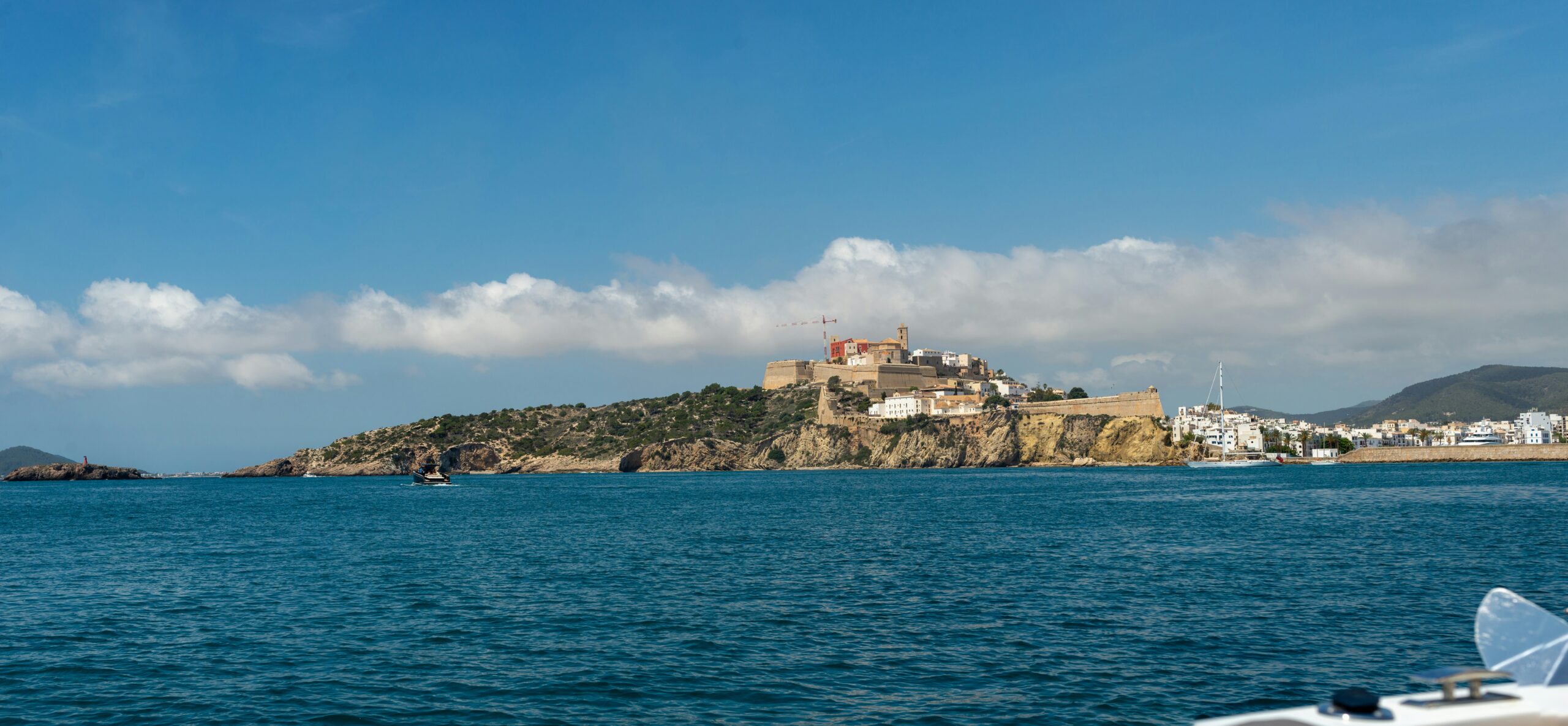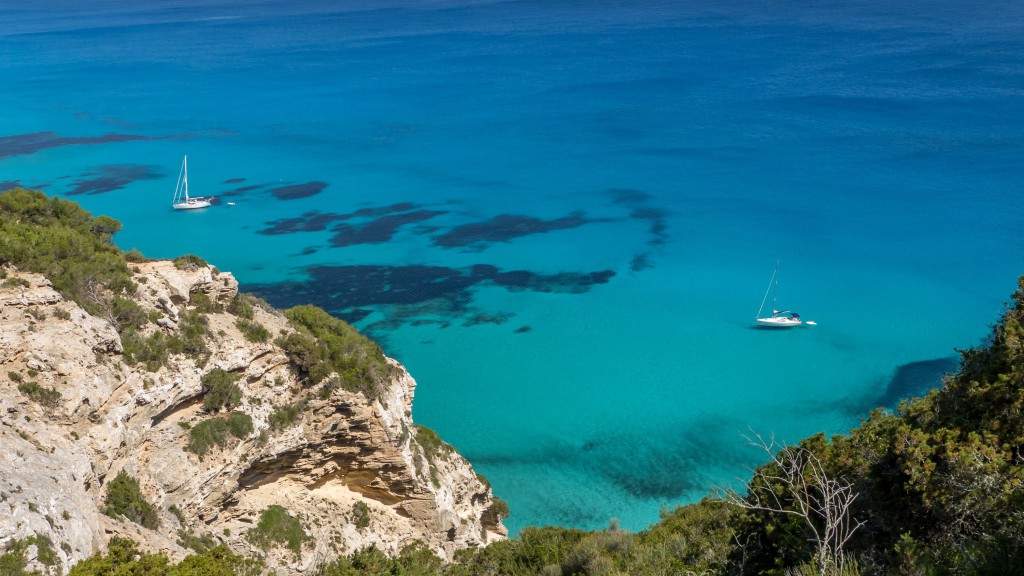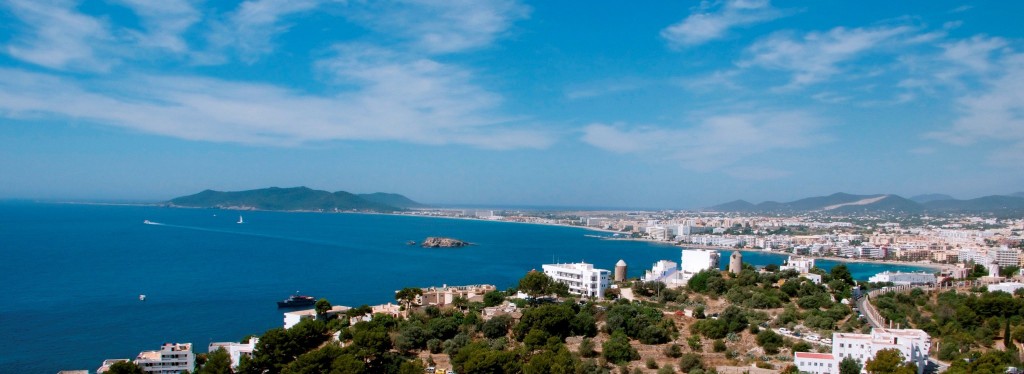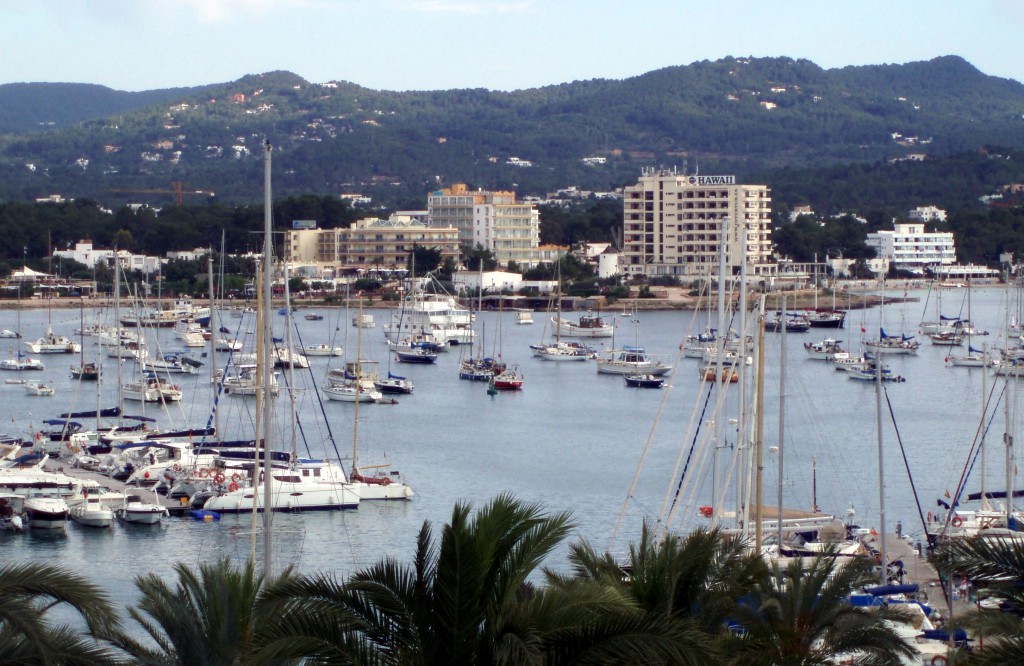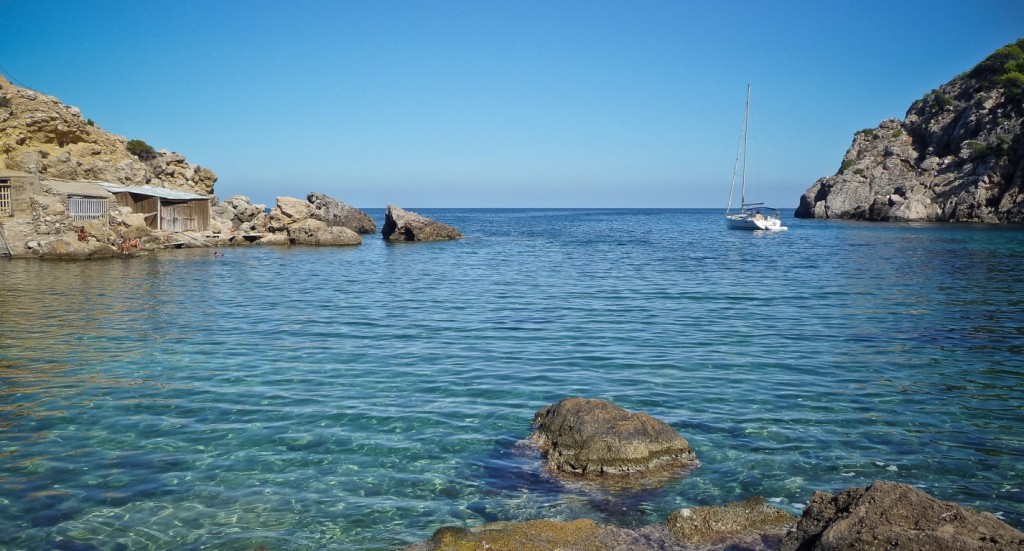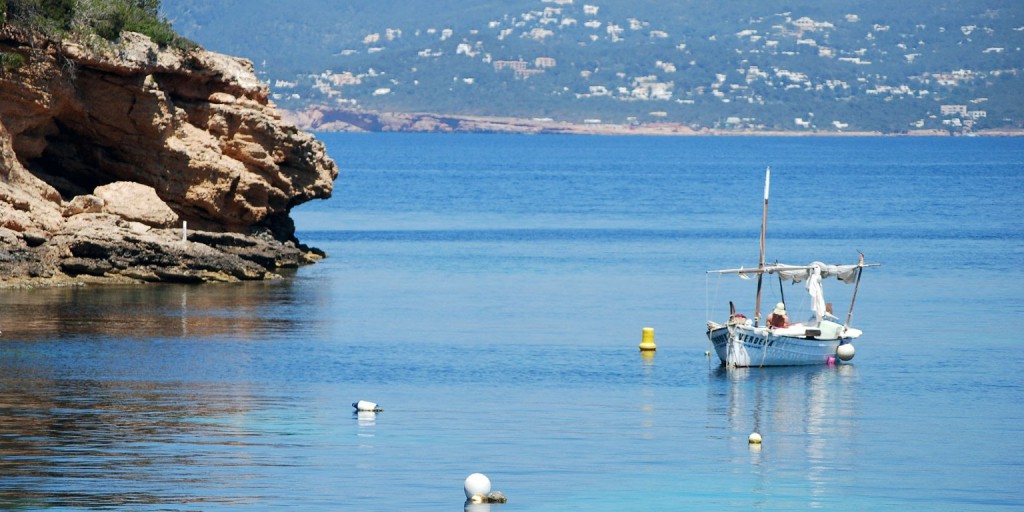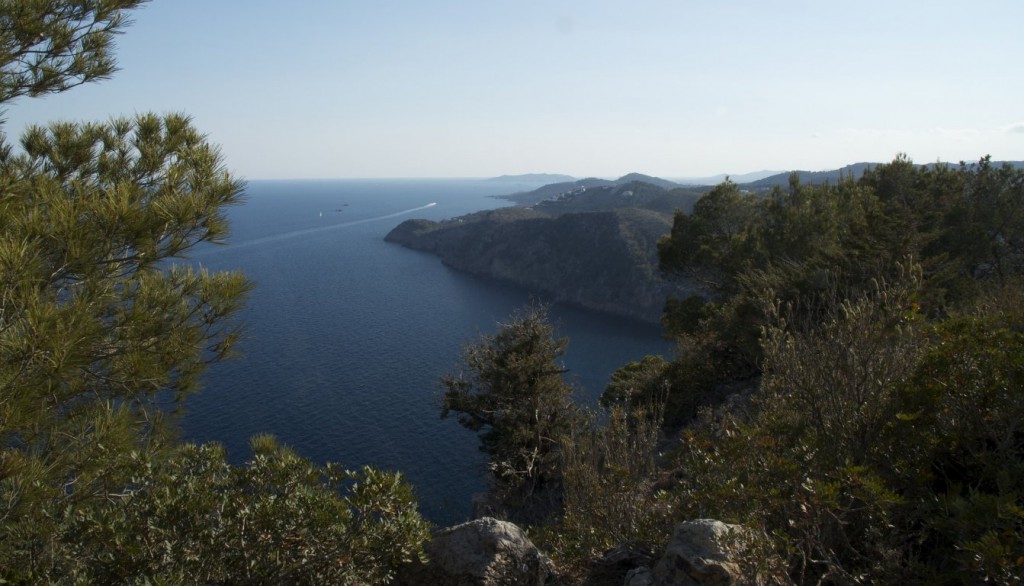Why is Ibiza ”white”? Quite simply: twice a year, the walls of houses on the island are painted with white paint, a tradition local inhabitants say has been in place since the island was ruled by the Phoenicians.
The white paint prevented plague from entering the islanders’ homes (like a kind of disinfectant), and also protected the outside of the property by preserving the clay walls and preventing them from cracking.
Despite Ibiza’s uneasy military past, the island is known for the friendliness and welcoming nature of its inhabitants. Nobody feels like a stranger on Ibiza; this is why, perhaps, the island overflowed with bridal couples in the second half of the 20th century. It was here, in comfort and a friendly atmosphere, that thousands upon thousands of newly-weds decided to spend their honeymoons, earning Ibiza the nickname – ”The Island of Love”.
The island was also an important centre for the hippie movement of the 1960s and 1970s. The motto of the movement ”Live and let live” was a perfect fit for the island’s laid-back ethos and, at one point, Ibiza was home to several of Europe’s largest colonies. Even now, local clothes markets pay homage to the free spirit of those who declared to ”make love, not war”.
Today, Ibiza is famous throughout the world as the Mediterranean’s number one party location. If there’s ever a place where the nightlife comes to you, it’s Ibiza. The port district in Ibiza Town (the capital bares the same name as the island) – is the central hub for nocturnal entertainment on the island. People meet here for a few glasses of wine before heading to one of 40 urban discos in the area. If clubbing isn’t your thing, the town’s restaurants, bars, local craftsmen and souvenir shops all stay open late into the night – the rules of time simply don’t apply as they do elsewhere. Indeed, the thing you soon learn after spending time on the island is that, on Ibiza, anything goes. People have the freedom to do as they want, no matter how strange it may look to others, and there are always plenty of people willing to put on a show for onlookers.
However, Ibiza’s charms don’t stop with its nightlife, far from it. Countless beaches, many of them nestled in picturesque bays, invite those who enjoy swimming in the island’s crystal waters and bathing in its bright, year-round sunshine. For those who like to fill their days with something more active, there are also plenty of local sites to visit. A favourite excursion is a visit to the fishing village of Santa Eulalia, in the northern part of the island. This picturesque town is rightly a mainstay in all tourist catalogues.
A short drive away is an important historical relic: the Kuieram cave (Cueva des Cuieram), which, in the days of the Phoenicians, served as a sanctuary dedicated to the goddess Tanit. The famous cave paintings at Ses Fontanelles (Cueva de Ses Fontelles) offer a further glimpse into the island’s past.
Ibiza’s obvious charms explain why the island is rapidly becoming one of the Mediterranean’s tourist destinations. Together with its smaller neighbour Formentera (arrivals data for both islands is grouped by local authorities), Ibiza received 1.9 million foreign visitors during January-September 2015, representing around a fifth of total international tourist visits to the Balearics. The total number of international arrivals grew by just under 1% during the nine-month period.
Part of the reason for its growing popularity is the island’s excellent accessibility. You can get to Ibiza either by air or by sea. Regular airline flights from Ibiza Airport connect the island and its neighbour, Formentera, with the mainland cities of Barcelona, Valencia, Alicante, as well as Mallorca. These destinations are also linked by the luxurious cruise ships, which navigate the Mediterranean.
Read more about each of the Balearic Islands: Mallorca, Menorca, Formentera & Cabrera
Foto destacada por David Carrero Fernández-Baillo en Unsplash
